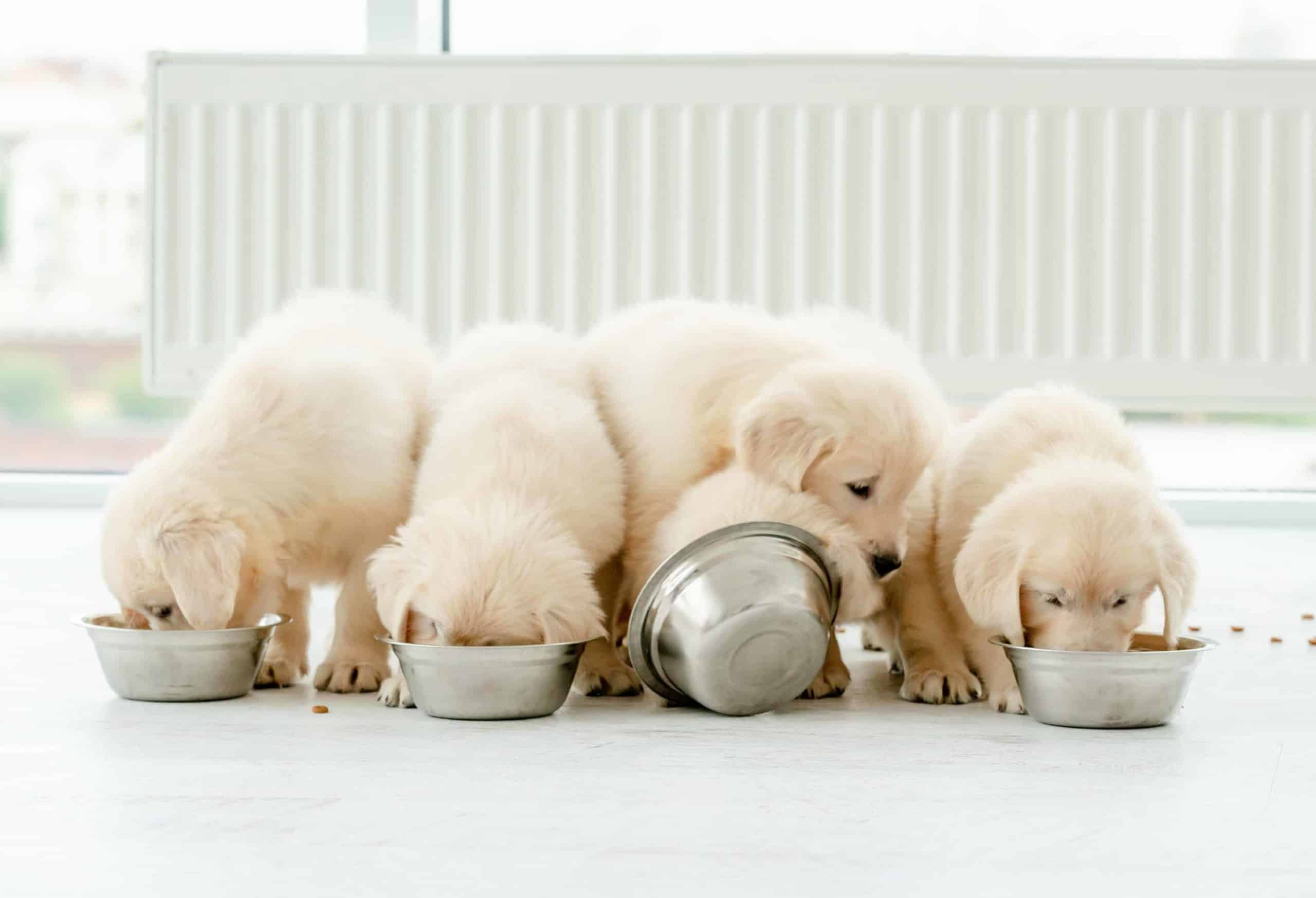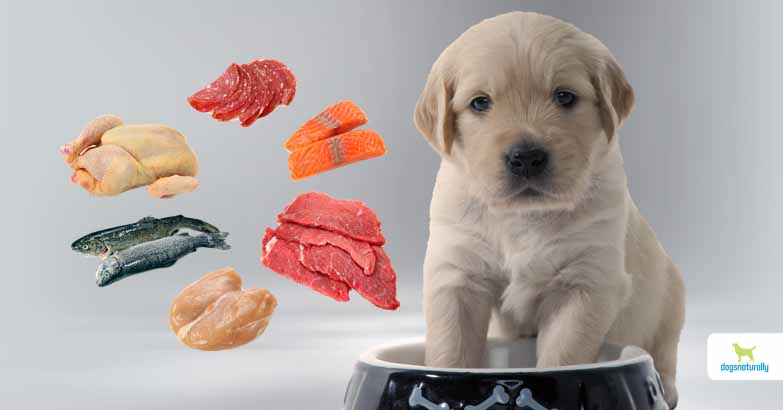Introduction:
Selecting the right pet food is a crucial aspect of responsible pet ownership. The nutritional choices you make for your dogs and cats play a significant role in their overall health and well-being. In this comprehensive guide, we’ll explore the key considerations for choosing the right pet food, ensuring your furry friends receive the nutrition they need for a vibrant and fulfilling life.
Section 1: Understanding Nutritional Needs
1.1. Life Stage Considerations: Different life stages demand varying nutritional requirements. Puppies and kittens, adult dogs and cats, and senior pets have unique dietary needs. Choose pet food that is formulated to meet the specific needs of your pet’s life stage.
1.2. Breed and Size Matters: Consider your pet’s breed and size when selecting their food. Large and small breeds may have different energy levels and growth patterns, necessitating tailored nutrition to support their unique requirements.
Section 2: Reading and Understanding Labels
2.1. Ingredient Analysis: Take time to read and understand the ingredients listed on the pet food label. Look for high-quality proteins, whole grains, and essential vitamins and minerals. Avoid foods with excessive fillers, artificial preservatives, and additives.
2.2. Protein Content: Dogs and cats are carnivores, and protein is a vital component of their diet. Choose pet foods with high-quality protein sources, such as chicken, beef, or fish, to support muscle development and overall health.
Section 3: Special Dietary Considerations
3.1. Food Allergies and Sensitivities: Some pets may have allergies or sensitivities to certain ingredients. If your pet displays signs of allergies, consult with your veterinarian to determine if a special diet or hypoallergenic food is necessary.
3.2. Weight Management: If your pet is overweight or prone to obesity, choose a pet food designed for weight management. These formulas typically have controlled calorie content to help your pet maintain a healthy weight.
Section 4: Wet vs. Dry Food
4.1. Wet Food Benefits: Wet food can be beneficial for pets with dental issues or those who struggle to stay hydrated. It often contains higher moisture content, aiding in digestion and promoting urinary tract health.:strip_icc()/dog-beagle-eating-canned-food-from-bowl-in-bright-interior--1264635108-bf53e7e2154a4965a6703c7e1acb9c87.jpg)
4.2. Dry Food Convenience: Dry kibble is convenient and has dental benefits, helping to reduce plaque and tartar. It is also easy to store and often more cost-effective. Consider a combination of wet and dry food for a balanced diet.
Conclusion:
In conclusion, choosing the right pet food is a critical decision that directly impacts the health and happiness of your dogs and cats. By understanding their nutritional needs, carefully reading labels, and considering special dietary requirements, you can make informed choices that contribute to a long and vibrant life for your furry companions. Remember, consulting with your veterinarian is always a wise step in tailoring a nutrition plan that best suits the individual needs of your pets. Here’s to a healthy and well-nourished life for your beloved dogs and cats!